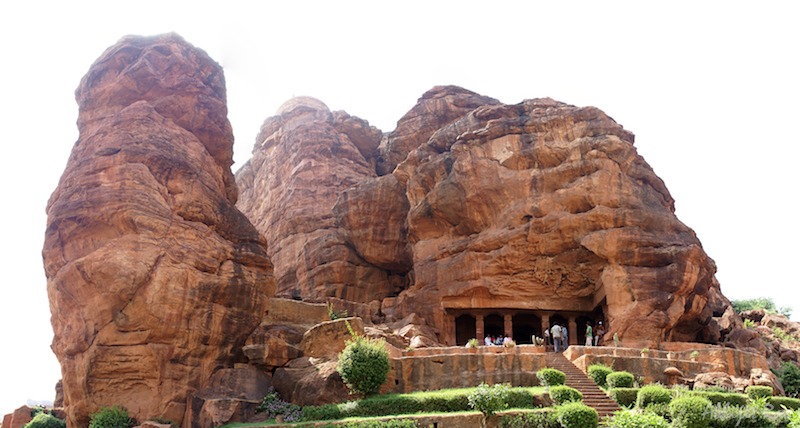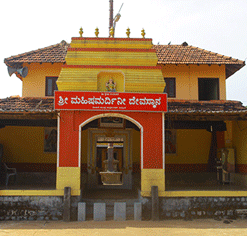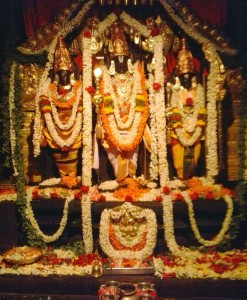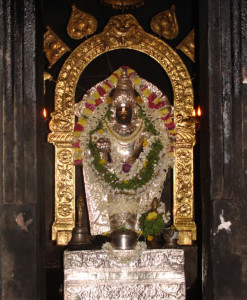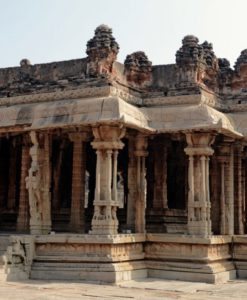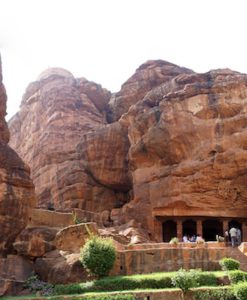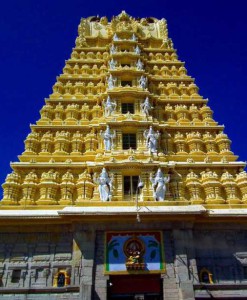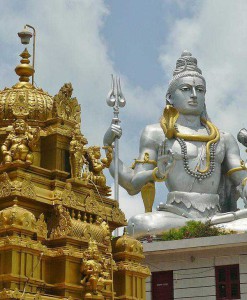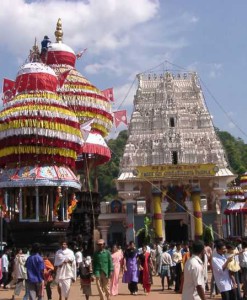No products in the cart.
The Badami cave temples are a complex of four Hindu, Jain and possibly Buddhist cave temples located in Badami, a town in the Bagalkot district in northern part of Karnataka, India. The caves are considered an example of Indian rock-cut architecture, especially Badami Chalukya architecture, which dates from the 6th century. Badami was previously known as Vataapi Badami, the capital of the early Chalukya dynasty, which ruled much of Karnataka from the 6th to the 8th century. Badami is situated on the west bank of an artificial lake ringed by an earthen wall with stone steps; it is surrounded on the north and south by forts built in later times.
The Badami cave temples represent some of the earliest known examples of Hindu temples. UNESCO has described the designs of the Badami cave temples, and those in Aihole, as having transformed the Malaprabha River valley into a cradle of temple architecture that defined the components of later Hindu temples elsewhere in India.
Badami Cave Temple
- Temple History
- Architecture
- How To Reach The Temple
- Daily Poojas And Festivals
- Videos
- Additional Information
The cave temples, numbered 1 to 4 in the order of their creation, in the town of Badami – the capital city of the Chalukya kingdom – are dated from the late 6th century onwards. The exact dating is known only for Cave 3, which is a temple dedicated to Vishnu. An inscription found here records the creation of the shrine by Mangalesha inSaka 500 (lunar calendar, 578/579 CE). The inscription, written in the Kannada language, has enabled the dating of these rock cave temples to the 6th century.
The Badami caves complex is part of a UNESCO-designated World Heritage Site candidate under the title “Evolution of Temple Architecture – Aihole-Badami-Pattadakal” in the Malaprabha river valley, considered a cradle of temple architecture that formed the model for later Hindu temples in the region. The artwork in Caves 1 and 2 exhibit the northern Deccan style of the 6th and 7th centuries, while those in Cave 3 simultaneously represent two ancient Indian artistic traditions; the northern Nagaraand the southern Dravida styles. Cave 3 also shows icons and reliefs in the Vesara style, a creative fusion of ideas from the two styles, as well as some of the earliest surviving historical examples in Karnataka of yantra-chakra motifs (geometric symbolism) and colored fresco paintings. The first three caves feature sculptures of Hindu icons and legends focusing on Shiva and Vishnu, while Cave 4 features Jain icons and themes.
The Badami cave temples are man-made, all carved out of soft Badami sandstone on a hill cliff. The plan of each of the four caves (1 to 4) includes an entrance with a verandah (mukha mandapa) supported by stone columns and brackets, a distinctive feature of these caves, leading to a columned mandapa, or main hall (also maha mandapa), and then to the small, square shrine (sanctum sanctorum, garbhaghrha) cut deep inside the cave. The cave temples are linked by a stepped path with intermediate terraces overlooking the town and lake. The cave temples are labelled 1–4 in their ascending series; this numbering does not reflect the sequence of excavation.
The architecture includes structures built in the Nagara and Dravidian styles, which is the first and most persistent architectural idiom to be adopted by the early chalukyas. There is also a fifth natural cave temple in Badami, a Buddhist temple, a natural cave that can only be entered by crouching on all fours.
The nearest airport is Belgaum about 150 kilometers away. It is on the Hubli – Sholapur rail route, and the rail station is 5 kilometers from the town. It is also connected by road to Hubli and Bijapur. Badami is reachable from Bengalooru by a 12-hour bus ride, or by a direct train “Solapur Gol Gumbaz Exp (train no. 16535)” or with a combination of an overnight train journey from Bangalore to Hospet followed by a short bus ride from Hospet to Badami. Another train journey could be from Bangalore to Hubli (8–9 hours) and then a bus ride to Badami (3 hours). Badami is around 130 km from Hubli. Local transport is by Rickshaws, tongas and city buses.
Badami is around 135 km from Hospet via NH367 and NH13. A car journey would take around 2 hours and 30 minutes from Hospet to Badami.
Monday-Friday: 9:00 am to 12:00 pm & 4:00 pm to 7:00 pm
Saturday, Sunday & Holidays: 9:00 am to 7:00 pm
In 2013, Manjunath Sullolli – Assistant Director of Bagalkot district working for the state government of Karnataka, reported the discovery of another cave with 27 rock carvings, about 500 metres (1,600 ft) from the four main caves. Water gushes from this newly discovered cave year round. It depicts Vishnu and other Hindu deities, and features an inscription in the Devanagari script. The dating of these carvings is unknown.

